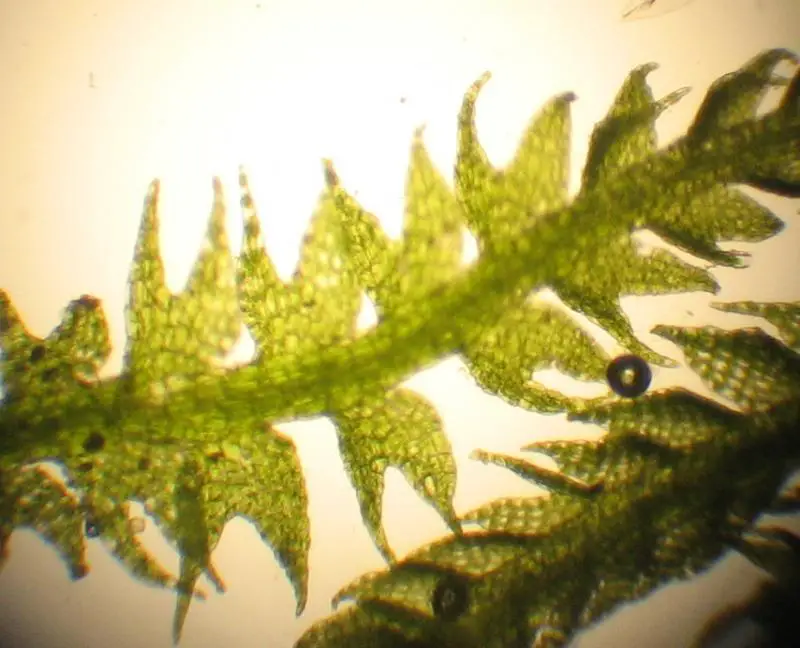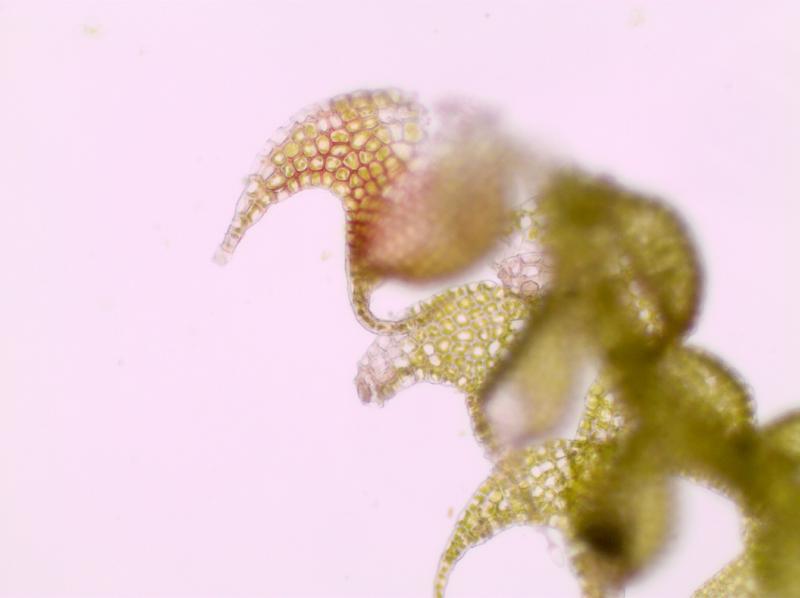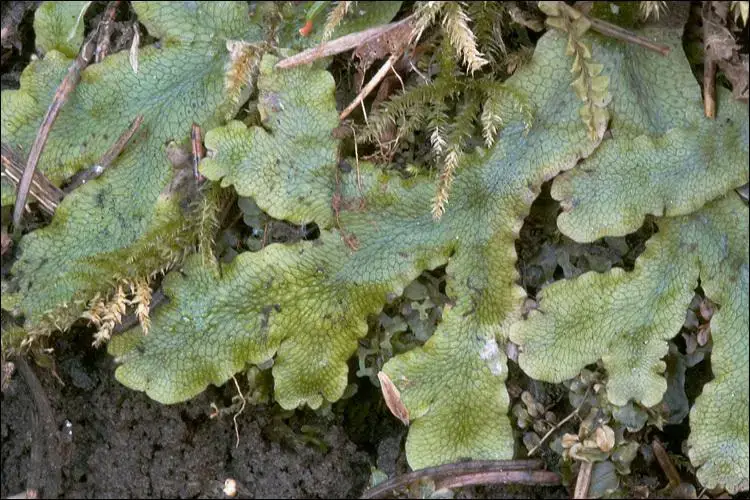
2913844.jpg from: https://waarnemingen.be/species/17700/
Introduction
Welcome, fellow moss enthusiasts! Today, we’re going to delve into the fascinating world of Cephalozia bicuspidata (L.) Dumort., a captivating moss species from the Cephaloziaceae family, commonly known as Cephalozia. Prepare to be amazed by the intricate beauty and resilience of this tiny, unassuming plant.
Background
Before we dive into the nitty-gritty details, let’s set the stage. Cephalozia bicuspidata (L.) Dumort. belongs to the phylum Marchantiophyta and the class Jungermanniopsida, which encompasses liverworts and their moss relatives. These diminutive plants play a crucial role in various ecosystems, often overlooked but undeniably important.
Main Content
Morphology and Identification
Cephalozia bicuspidata (L.) Dumort. is a small, creeping moss that forms dense mats or cushions. Its stems are slender and irregularly branched, with leaves arranged in two rows along the stem. The leaves are deeply divided into two lobes, giving the plant its distinctive “bicuspidate” (two-pointed) appearance. This unique feature is a key identifier for this species.

Cephalozi-bicuspidata-AH-31.jpg from: https://sites.cortland.edu/bryophytes/field-guide/liverworts/cephalozia-bicuspidata-l-dumort/
Global Distribution and Habitat

7.CalPhotos_0000_0000_0108_1932.jpg from: https://eol.org/pages/600457/media
This moss has a widespread distribution, found across Europe, Asia, North America, and parts of South America. It thrives in moist, shaded environments, such as forests, bogs, and rocky areas. Cephalozia bicuspidata (L.) Dumort. is often found growing on decaying logs, stumps, or soil, forming intricate carpets that add texture and vibrancy to the forest floor.
Ecological Roles and Adaptations
Despite its diminutive size, Cephalozia bicuspidata (L.) Dumort. plays a vital role in its ecosystem. It helps retain moisture and prevent soil erosion, creating a nurturing environment for other plants and organisms. Additionally, this moss serves as a food source and habitat for various invertebrates, contributing to the overall biodiversity of its surroundings.
One of the remarkable adaptations of Cephalozia bicuspidata (L.) Dumort.
2021-03-30-13-02-54.jpg from: https://www.britishbryologicalsociety.org.uk/learning/species-finder/cephalozia-bicuspidata/
is its ability to survive in harsh conditions. It can withstand periods of drought by curling up and entering a dormant state, only to revive when moisture returns. This resilience is a testament to the incredible survival strategies of mosses.
Case Studies/Examples
In a recent study conducted in a temperate forest, researchers found that Cephalozia bicuspidata (L.) Dumort.
Gametophyte1.png from: http://blogs.ubc.ca/biology321/?page_id=3282
played a crucial role in maintaining soil moisture and facilitating the growth of seedlings. Its dense mats created a microclimate that protected the delicate seedlings from desiccation, allowing them to establish themselves more successfully.
Technical Table
| Characteristic | Description |
|---|---|
| Phylum | Marchantiophyta
865960.jpg from: https://www.bio-forum.pl/messages/3280/865954.html |
| Class | Jungermanniopsida |
| Family | Cephaloziaceae |
| Species | Cephalozia bicuspidata (L.) Dumort. |
| Common Name | Cephalozia |
| Growth Form | Creeping, mat-forming |
| Leaf Arrangement | Two rows along the stem |
| Leaf Shape | Deeply divided into two lobes (bicuspidate) |
| Habitat | Moist, shaded environments (forests, bogs, rocky areas) |
| Distribution | Europe, Asia, North America, parts of South America |
Conclusion
Cephalozia bicuspidata (L.) Dumort., a humble yet remarkable moss, reminds us of the incredible diversity and resilience found in nature’s smallest wonders. Its unique morphology, widespread distribution, and ecological significance make it a fascinating subject for moss enthusiasts and naturalists alike. As we bid farewell to this captivating species, let us ponder: What other hidden gems await discovery in the intricate tapestry of the natural world?